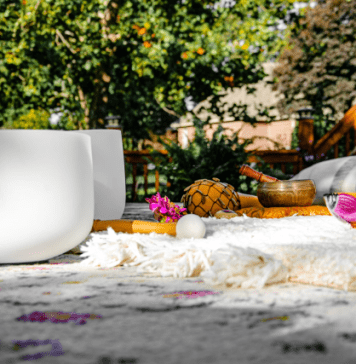
In recent years, fluorescent tube lighting has become increasingly used in a variety of commercial settings, including office areas, factory floors, and other work areas.
Although this lighting has shown to be beneficial, the current tendency is to replace tube lights with more technologically advanced LED lighting. This is due to the fact that LED lighting has become more popular.
The energy savings and extended lifespan of LED lighting make it an extremely appealing option. In order to make use of the lumen-to-power ratio given by solid-state lighting (SSL) technology, replacing typical fluorescent linear lamps with LED tubes presents problems from both the design and optical points of view.
1. A growing demand
A recent study showed that billions of incandescent lights and fluorescent tubes would be replaced over the next five years. Both Acrylic led tubes and polycarbonate-led tubes are making rapid inroads into the market for both of these applications.
Traditional fluorescent lights contain mercury, which is a toxic pollutant that is included on the list of industrial pollutants maintained by the Environmental Protection Authority.
Acrylic led tubes, on the other hand, do not contain mercury, which gives them an advantage from an environmental point of view. In addition, LEDs have a longer lifespan than linear fluorescent lamps and are more efficient in their use of energy.
2. Improved optics
Because an LED can be an extremely bright source that only emits light in one direction, manufacturers use materials that either allow the light to shine directly through a surface to achieve the highest possible level of brightness or provide uniform light distribution without leaving any trace of the light source to achieve a more diffused effect.
LED producers and designers are well aware of how challenging it may be to discover a material that can conceal the LED source while also allowing for the transmission of light at levels that are optimal.
Not only is this significant for aesthetics, but it also ensures that the possible energy is saved, which is a primary objective of LED lighting technology.
The covering that surrounds an LED source can control how much of the surrounding light is let through or scattered. Customers frequently look for a product that has a high level of clarity and purity in order to guarantee the best light transmission possible and the highest level of efficiency.
However, the producers also ensure an even distribution of light, and this concern varies based on the use, as well as the aesthetics that are required in the final product.
Through the process of compounding, polycarbonate led tubes can be modified to meet the particular requirements of a certain application.
3. Robust design
Because LEDs are solid-state electronics, they do not have any fragile parts or filaments, and as a result, they are incredibly durable. In addition, the lifespan of an LED is significantly longer than that of more conventional light sources.
Polycarbonate has been shown to have exceptional toughness, which is significantly higher than that of acrylic and glass.
Because of this, it is an ideal material to use as a lens, cover, or housing for an LED lamp or luminaire, as it will ensure that the device will remain undamaged over the course of its long lifetime.
Also Read: Tips For Choosing The Best Led Lights For Your Home













